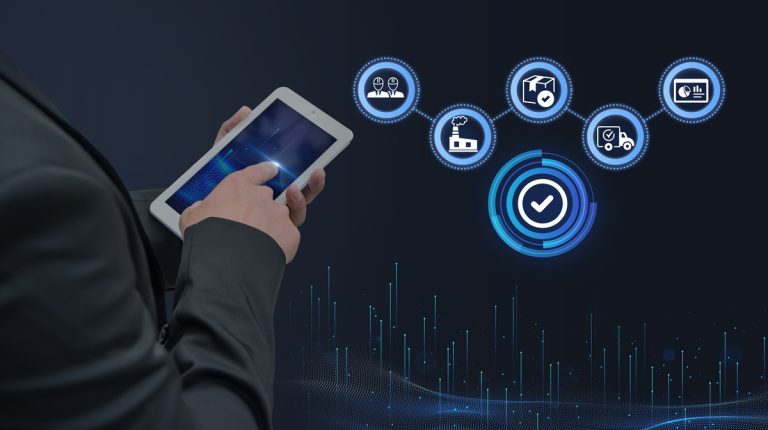
Many organizations today still rely on outdated systems that were once cutting-edge but now struggle to meet evolving business needs. These legacy applications limit scalability, expose data to security vulnerabilities, and increase maintenance costs. To stay competitive, companies are embracing legacy application modernization as a strategic initiative to enhance agility and enable innovation.
Modernization is not just a technical upgrade but a vital part of enterprise evolution. It aligns technology infrastructure with new business models, integrates emerging tools like cloud and AI, and forms the foundation of broader digital transformation initiatives. The process requires careful planning, disciplined execution, and alignment between business and IT leadership.
Below is a step-by-step framework to help organizations modernize their legacy systems effectively and sustainably.
Legacy applications are software systems that remain operational but have become outdated due to aging technology, limited support, or poor integration capabilities. These applications often run on old programming languages, outdated servers, or infrastructure that lacks compatibility with cloud and mobile technologies. While many organizations continue to rely on them, these systems can hinder business agility and restrict ongoing digital transformation initiatives.
Common characteristics of legacy applications include:
Understanding the limitations of legacy systems is the first step toward building a robust modernization roadmap. Businesses must evaluate how these systems impact internal workflows, development cycles, and customer experiences.
Choosing the right moment to modernize is a strategic decision. Companies often delay upgrades due to cost concerns or operational disruptions, but waiting too long can increase risk and technical debt. There are several clear indicators that it is time to invest in application modernization services.
Key signs include:
If your system is preventing innovation or business scaling, then it is the right moment to evaluate your modernization strategy. Companies that modernize proactively gain better time-to-market, reduced operational risk, and improved business continuity.
Upgrading an outdated application can unlock significant benefits that support business growth and operational excellence. Many organizations begin modernization to improve scalability, but the overall impact extends far beyond technical enhancements.
Modern solutions reduce system crashes, enhance stability, and support higher traffic. Through targeted application performance optimization, organizations can ensure smoother customer interactions and more efficient internal processes.
Legacy applications are often vulnerable because they rely on unsupported components. Modernizing improves security posture by implementing updated protocols, advanced encryption, and regular patching practices.
Older systems require extensive maintenance and specialized talent. By moving to modern platforms, businesses save money and improve long-term cost efficiency.
Modern architectures support cloud deployment, API-based integrations, and microservices. These improvements strengthen organizational flexibility and support future upgrades.
Modern systems act as a foundation for analytics, automation, machine learning, and broader digital growth. Without modernization, many transformation programs face roadblocks.
These advantages make it clear that modernization is not just a technical upgrade. It is a strategic decision that directly contributes to future readiness and competitive advantage.
Modernization requires a structured and well-planned approach to minimize disruption and maximize business value. Below is a step-by-step guide that follows industry best practices for successful modernization initiatives.
Begin by analyzing your current application environment. Identify technology limitations, performance bottlenecks, and architectural weaknesses. This assessment helps determine the scope, risks, and estimated effort involved in the modernization journey.
Focus areas during assessment include:
A documented assessment forms the foundation for a future-ready modernization strategy.
Modernization should be aligned with specific business objectives. Determine whether your primary goal is to reduce maintenance costs, improve scalability, enhance customer experience, or prepare for new business models.
Key goal-setting questions include:
Clear objectives help guide technology decisions and resource allocation.
There are multiple ways to modernize legacy applications. The optimal path depends on the system’s complexity, business goals, and budget.
Common approaches include:
For many organizations, application replatforming provides a balanced option. It moves the application to a modern platform with minimal coding changes, reducing risk while enabling performance improvements.
Not all features need to be modernized at once. Prioritize based on business impact, technical risk, and usage frequency. A phased roadmap ensures smoother transitions and minimizes downtime.
Important considerations include:
A phased roadmap ensures measurable progress without overwhelming teams.
Once the roadmap is approved, begin implementation. Use agile methodologies to manage development cycles and ensure continuous improvement.
Best practices during execution include:
Technical teams should collaborate closely with business stakeholders to ensure alignment at every stage.
After modernization, the new application must undergo thorough testing. This includes security checks, performance analysis, user acceptance testing, and integration validation.
Monitoring tools provide insights into system stability, load handling, and operational efficiency. Based on these insights, further application performance optimization may be required to achieve optimal results.
Modernization is not a one-time event. Ongoing monitoring and optimization ensure long-term success.
Legacy applications can hold businesses back when technology, competition, and customer expectations continue to evolve. Modernizing these systems is essential for achieving scalability, reducing operational risks, and supporting innovation. By following a structured modernization roadmap, organizations can transform their outdated applications into efficient, secure, and future-ready platforms.
Whether through replatforming, refactoring, or a full rebuild, the right modernization choices enable businesses to unlock new opportunities and strengthen their digital foundation. With proper planning, execution, and optimization, modernization becomes a powerful catalyst for long-term growth and sustained transformation.
It is the process of upgrading outdated software systems to modern technologies while improving performance, security, and scalability.
Modernization enhances efficiency, reduces costs, minimizes security risks, and supports new business opportunities.
Timelines vary depending on complexity. It can take a few weeks for simple rehosting or several months for complete rearchitecting.
The best approach depends on system architecture, business goals, and budget. This includes rehosting, refactoring, or application replatforming.
With the right strategy, downtime can be minimized using phased rollouts and parallel environments.









